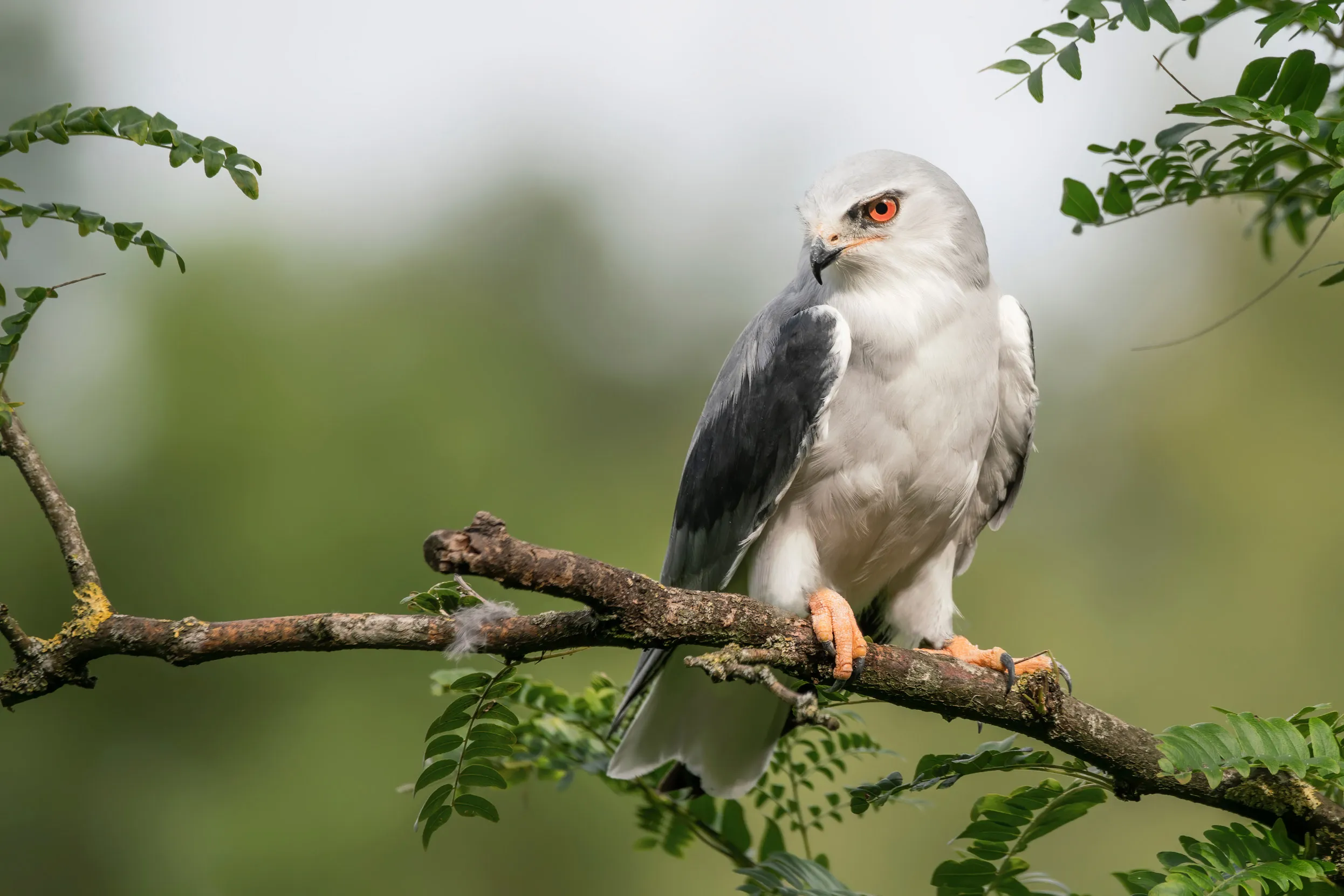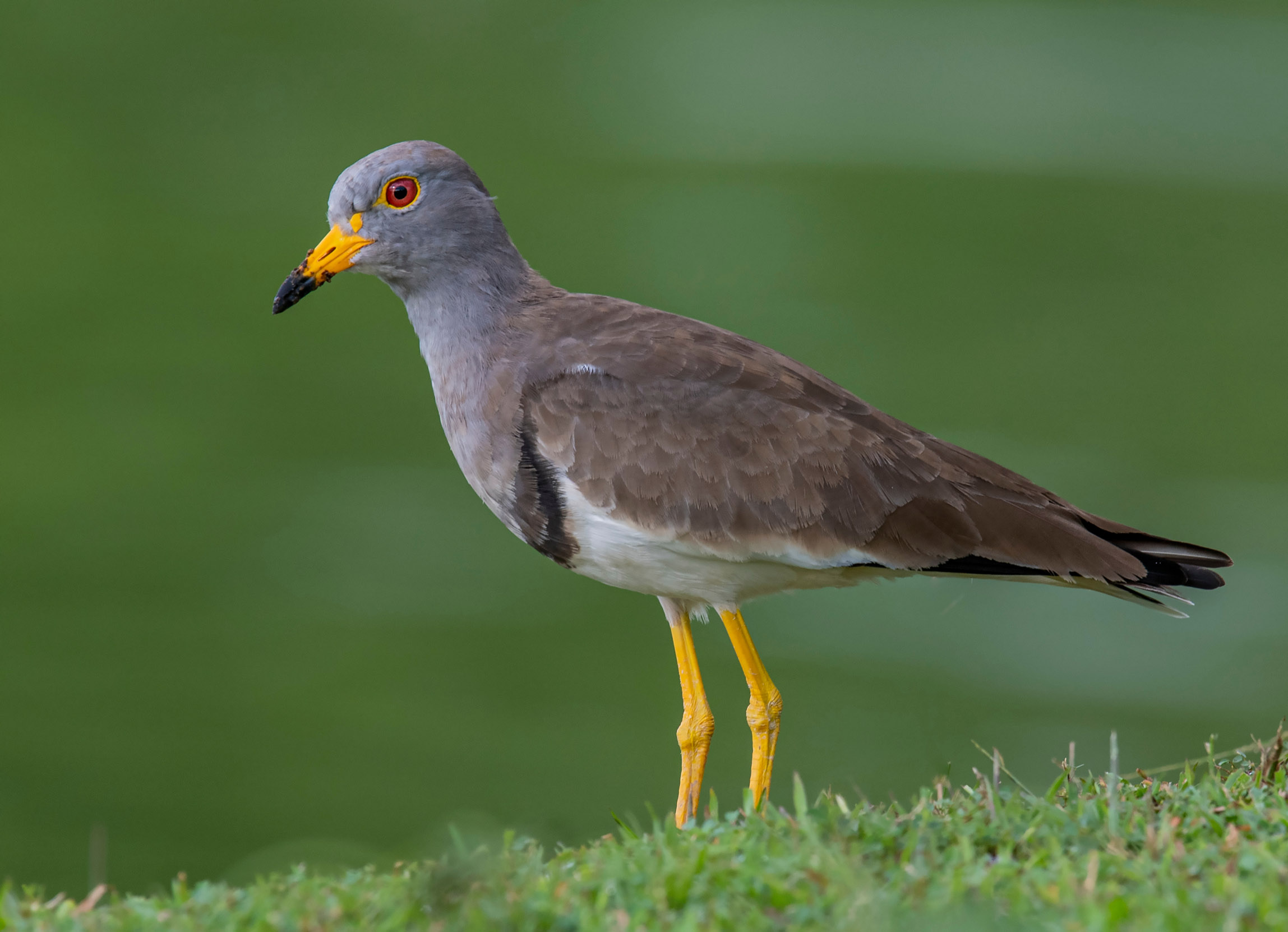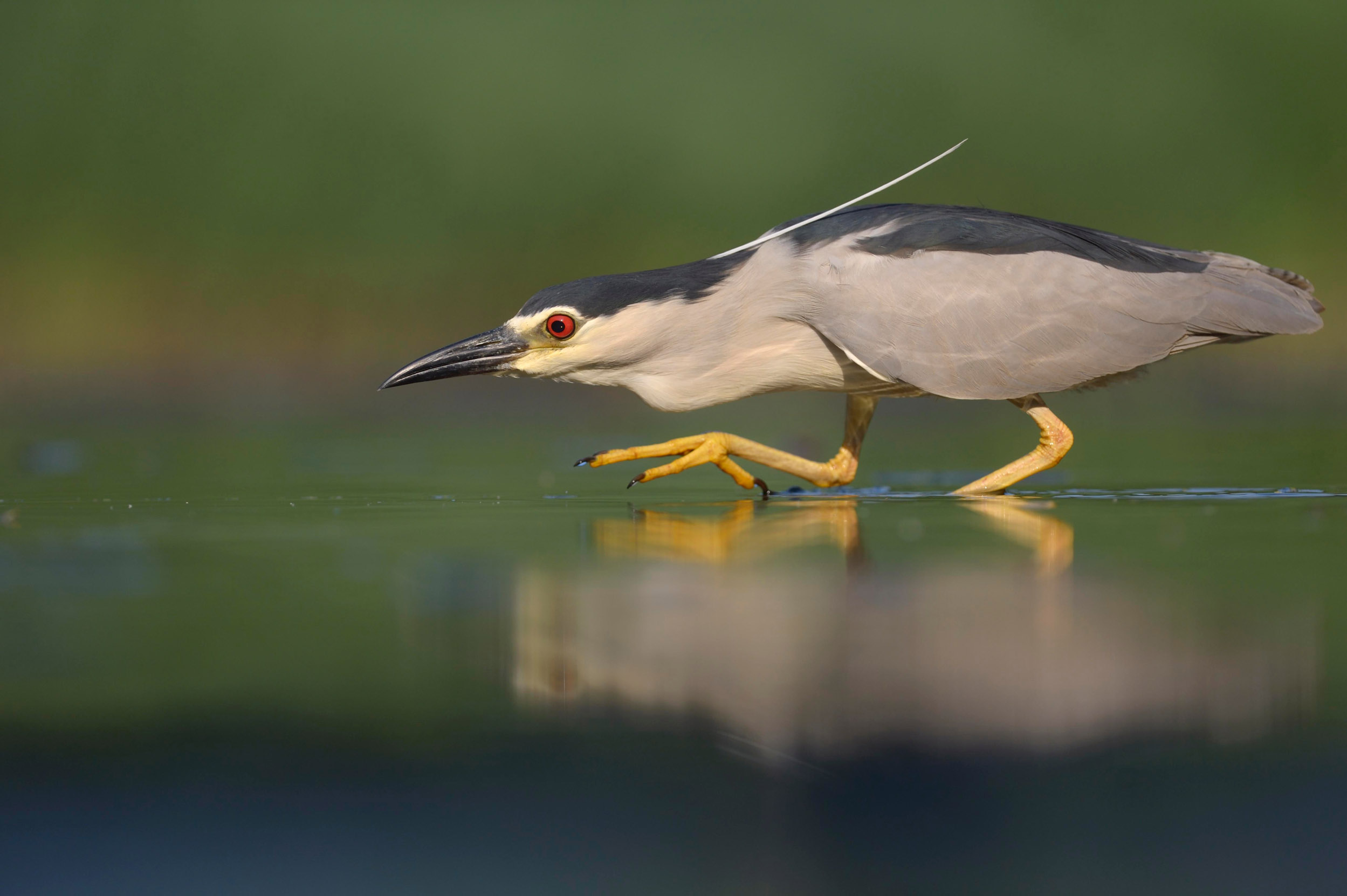News
Stone-curlew numbers more than double thanks to 40 years of effort
Discover how projects working with farmers and others are bringing these birds back from the brink
Spring is in the air and birds are on the move. But some, just like us, start going one way and end up somewhere completely different. These are the adventurers, the free spirits, and the completely lost. This spring has been a memorable one, with some rare avian arrivals in the UK. Below, we’ve picked out some of our favourites.

Like a high-speed bolt from the blue, jolting us out of winter, Alpine Swifts came speeding to the UK in March, setting the tone for a record-breaking spring. These swifts look big and buff compared to the Common Swifts we normally find in the UK. They also have a white belly and throat, a little like a House Martin which has been working out.
In March many are making the migration from sub-Saharan Africa to southern Europe, including the Alps from where they get their name. Every year a few are usually blown off course and end up soaring over parts of the British Isles, usually southwestern England. But this year has taken sightings to a new level.
Across England, in parts of Wales and even as far north as Scotland, the Alpine adventurers have made an appearance. In Ireland there have been record numbers, with a flock of nine seen together. The reason for such large numbers was a south-westerly wind blowing the birds this way. But the Alpine Swift’s range is increasing northwards, so sightings may become more regular in years to come.
Next up it’s a biggie, the UK’s first recorded Black-winged Kite. The small kite with long, elegant wings and big red eyes is found across much of Sub-Saharan Africa and tropical Asia, as well as parts of Southern Europe. They’re often seen hunting over open land, hovering like a Kestrel, eyes fixed on prey such as crickets, lizards and rodents. You’d never see one hovering over a field in mid-Wales…Oh wait.
The flashy kite has been increasing its range ever northwards in recent decades and now breeds in northern France. With one seen over the Channel Islands in 2020, the expectation was it would soon be spotted soaring over south-eastern England. But in April Martyn Owen Tweeted video of one over a cereal field near Glanmule in rural Powys.
Martyn Tweeted: “I’ve been a #birder my whole life - today I achieved the dream. Black-winged Kite = first for Britain!!! Over a cereal field in mid-Wales!!”
Where it went next is anyone’s guess. But with their advance northwards, it probably won’t be long before we see another Black-winged Kite hovering over the UK countryside.

Two UK firsts? You betcha. This one made it a Bank Holiday bonanza for hundreds of birders when they got a glimpse of the UK’s first ever Grey-headed Lapwing. The neat looking bird with a grey head and matching yellow bill and legs turned up at Low Newton in Northumberland on May 1. It was some way from its normal marshy stomping grounds of Asia, where it breeds in China and Japan and winters further south. This is one of only a handful of times the species has been seen in Europe and Western Asia, with other previous sightings in Oman, Turkey, Netherlands, Norway and Slovenia. No wonder birders flocked from all over the UK to catch a glimpse.

If this Lesser Kestrel could talk, he may well say: “Oi, less of the lesser mate. I’m a pretty big deal round these parts.” And he’d be right.
We’re talking about the young male Lesser Kestrel which showed up on the Isles of Scilly in March. These fine falcons are smaller and less spotted than the Common Kestrel and are hardly ever seen north of their breeding grounds, which range from the Mediterranean right across to China. So, for one to spend a few days patrolling the skies of St Mary’s had camera-clad crowds gathering to record the occasion, with the kestrel rewarding a lucky few with some fantastic shots.
Unlike most UK Common Kestrels, Lesser Kestrels migrate, spending winter mainly in Sub-Saharan Africa before heading north. It is likely this one was blown off course by the same winds which brough in the flocks of Alpine Swifts. It has now hopefully returned south, where they breed in small colonies, raising their young on large insects as well as small birds and rodents.

Now for a small bird arriving from a different direction, the White-crowned Sparrow. This little bird looks like a House Sparrow wearing a black and white cycling helmet. They’re common across Canada and the western United States, with many wintering further south in the United States and in Mexico. This one may have arrived in Europe last Autumn, blown off course on its journey south. If so, it could be that it's now travelling back north to breeding grounds, albeit on the wrong side of the Atlantic, and ended up in East Sussex.
Whatever its story, this is the furthest south a White-crowned Sparrow has ever been seen in the UK. The very few which do make this gruelling journey usually show up at the opposite end of the UK, on Shetland, sometimes after taking a lift on a passing ship.
Another couple of turn ups for the books this spring are the Forster’s Tern (pictured below) and Elegant Tern (pictured below).
First up, the Forster’s was a refreshing sight in early April as it cruised into Somerset and took a rest on a buoy in Sutton Bingham reservoir on the border with Dorset. It was later spotted drifting around Poole Harbour, including at RSPB Arne.
Like the White-crowned Sparrow, this tern is usually found in North America but very occasionally shows up here and in Ireland. When they do make a very rare appearance, they’re not easy to spot as they look very similar to the Common Tern.
The same can’t be said for the Elegant Tern, which is essentially Harry Styles in tern form. They’re that cool. Built like a fighter jet, their slender orange bill complements sleek pale grey wings, while a fashionable quiff pops up when they really want to turn on the style.
Mostly found along the Californian Pacific coast (where else?), a sighting at RSPB Lodmoor is only the fifth time the bird has been seen in the UK.
It’s been a bumper spring for spotting the mysterious Night Heron, with more than 30 birds seen across the British Isles. From Shetland to Dorset to Suffolk, the short, stocky heron with a beak like a dagger has been making appearances all over. This one was photographed chilling by a bridge in Norfolk.
These birds hunt in the dark for fish, frogs, leeches and many other things which come too close. They then spend the day roosting somewhere quiet. They’re a hardy bird, found in wetlands all over the world, from North America to southern Africa to tropical southern Asia. In 2017 a pair nested in Somerset, and with climate change increasingly changing bird behaviour, and wetlands being created and restored in the UK, there is a chance we will see more breeding here in the not-to-distant future.

Last but not least, it’s the ducks’ turn – a Stejneger’s Scoter. The black duck with a fancy name appeared at Lower Lago in Fife in late April, a long way from its normal watery haunts of eastern Asia. This is only the second record of the duck in the UK, the first being off Lothian in 2022. But it was not the only rare Scoter showing up at Lower Lago, with three White-Winged Scoters usually found in North America also spotted bobbing along.

Have you spotted something in your patch that is out of the norm this summer? We’d love to know more. Get in touch with us at NotesonNature@rspb.org.uk
The UK’s weather is changing and birds which were once rare are becoming more common. In July’s edition of our award-winning members’ magazine, we take a closer look at how climate change is having an impact on our wildlife and what species we could see more of in the UK in the future.
Become a member and get closer to nature.